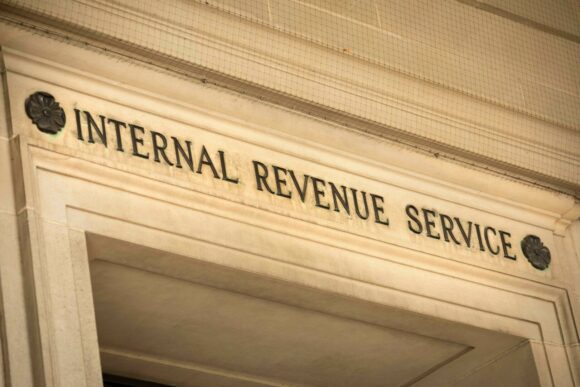Amazon to Flip the Switch on Massive Wind Project in North Carolina
Wind generates about 5 percent of U.S. electricity, but that figure is steadily rising. In fact, at 41 percent, wind power was the largest source of new electricity production in 2015. None of that, however, came out of the Southeast. The region imports 3.8 gigawatts of wind energy from the Midwest (enough to power 10 million homes for as little as 1.8 cents per kilowatt-hour), but wind farms themselves, similar to solar, have almost no penetration here.
“Wind is so new in the Southeast; I think there has been a fear of the unknown,” said Katharine Kollins, president of Southeastern Wind Coalition. “Having the Avangrid project up and running will be important for people to see wind farms firsthand and up close.”
Except for the occasional hurricane, the South isn’t known to be particularly windy—at least not compared with Plains states like Iowa, where the wind accounts for nearly a third of total electricity generation. But great potential exists in this void and with new turbine technology, some southern states are getting ready to tap into it.
“The biggest change in the industry has been turbine advancements,” said Simon Mahan, director of the Southern Wind Energy Association, an industry organization. Taller turbines, like those at Avangrid’s Amazon Wind Farm, can reach higher, stronger winds, and longer blades are able to harness gentler breezes. “This is opening the South as the next frontier for wind energy,” Mahan noted.
Indeed, wind turbines have gone through a growth spurt. Since the 1990s, hub height has risen from 45 to 300 feet, which is as tall as the Statue of Liberty. And blades now extend more than 180 feet in length.
In addition to technology, improvements in energy policy, such as renewable energy standards and the federal Production Tax Credit, have enabled wind’s price tag to plummet 90 percent over the past 25 years, making it more alluring in the competitive energy market.
According to a 2015 report by the U.S. Department of Energy, the Southeast could become the Most Improved Player in coming years, particularly as the national energy mix continues to change. “If I’m thinking realistic numbers, the Southeast could easily support a few gigawatts of wind,” Kollins said.
Related Posts

IRS Alert: Beware of a New Clean Energy Tax Credit Scam – Consult Trusted Tax Professionals
Jul 10, 2024
The IRS warns against a new scam involving clean energy tax credits under the Inflation Reduction Act (IRA). Unscrupulous tax preparers are misleading taxpayers into improperly claiming these credits, especially […]

Monarch Private Capital Welcomes Walter L. McLeod as Managing Director
Feb 12, 2024
Monarch Private Capital, a nationally recognized impact investment firm specializing in the development, financing, and management of projects generating federal and state tax credits, proudly announces the appointment of Walter […]

Fast Company: Trump is coming for renewable energy—but the solar industry isn’t worried
Mar 24, 2025
By Kristin Toussaint Solar industry experts say it has too much Republican support, and makes so much sense economically, that the solar industry will keep growing. President Donald Trump has been […]